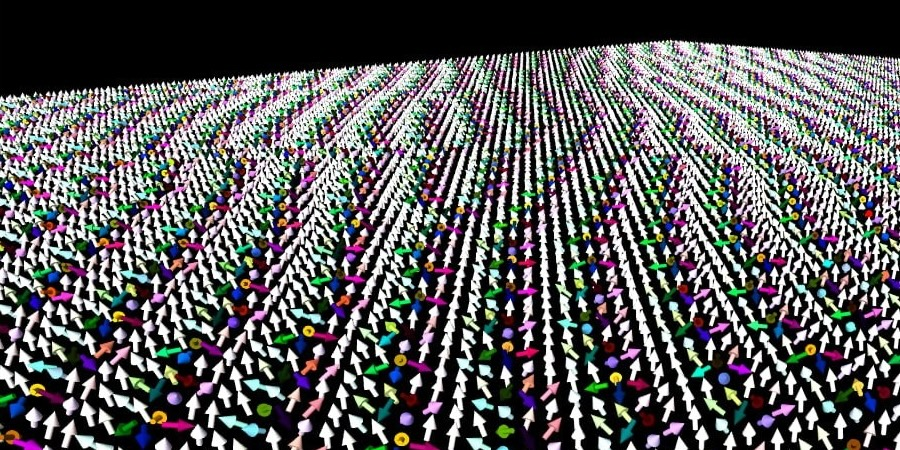Speaker
Description
When brought to sufficiently low temperature, matter generally orders, as in the case of a crystalline solid. Some systems remain disordered, though, in the manner of a liquid, even at the lowest temperatures achievable experimentally. Entropy, a thermodynamic quantity that characterizes the degree of disorder, is then very useful to describe the low-temperature properties of matter. While most materials have their entropy approaching a constant value as temperature tends to absolute zero, others instead preserve much of the gas-like entropy they had at high temperature. Nevertheless, these two disordered phases at high and low temperatures are not equivalent: a liquid and a gas have distinct properties. In liquids, the disorder is said to be correlated as correlations between degrees of freedom can be strong, at least at short distances, even though the system strongly fluctuates. This is not the case in an ideal gas, for which these correlations are zero on average, at all distances.
The aim of this presentation is to illustrate that one can fabricate, artificially, a meta-material exhibiting all the properties of a spin liquid, and which is advantageously amenable to direct imaging of its correlated disorder in space and time, at the scale of the elementary constituent. More specifically, we will show why lithographically-patterned arrays of interacting magnetic nanostructures proved to be a powerful platform in which to visualize intriguing and fascinating behaviors of matter that are difficult to access otherwise.

